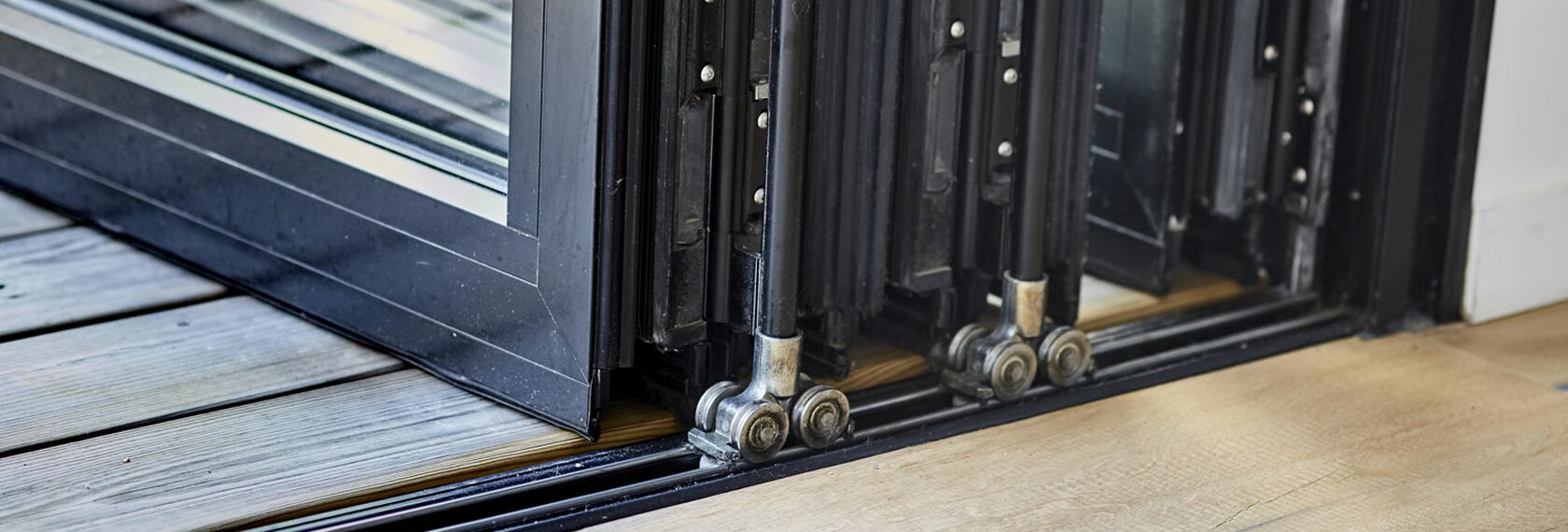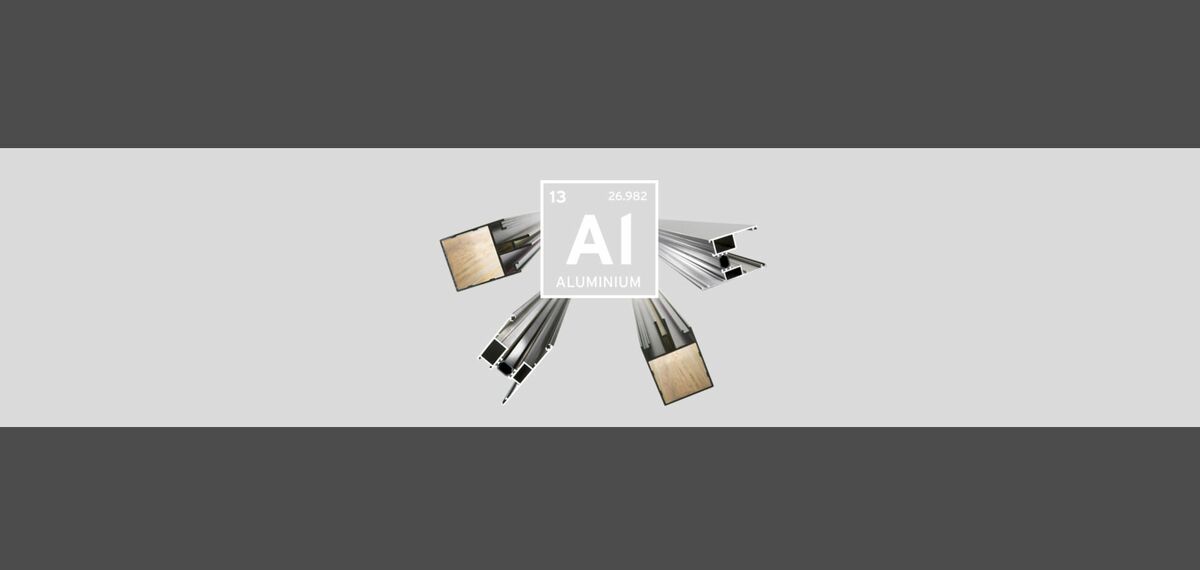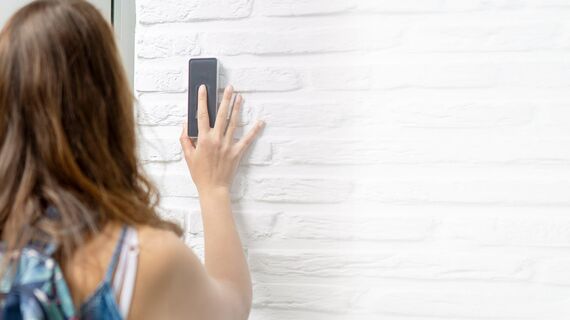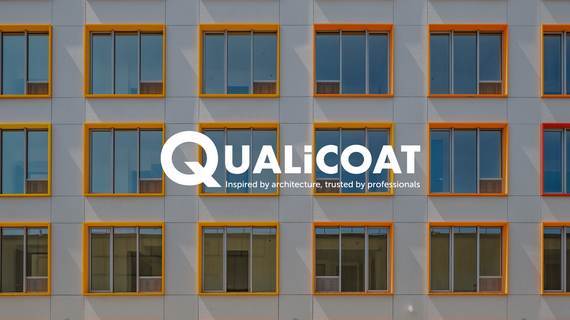How aluminium is produced
Aluminium is an excellent material with unique, specific characteristics: light, corrosion-resistant and ultra-durable. The ultimate combination of benefits, making aluminium perfect for your window and door profiles. But how is aluminium actually produced? Discover the aluminium production process with us and learn about the unique characteristics of this versatile material.
The journey of aluminium starts with bauxite, an ore with a high concentration of aluminium oxide. In a first step, the ore is removed from the ground surface, then grained and refined to obtain aluminium oxide. After the chemical (Bayer) process, an electrolytic (Hall-Heroult) process follows in which the aluminium oxide is melted to release pure aluminium. Afterwards the fluent material is casted into ingots. The result: primary aluminium.
The journey of aluminium starts with bauxite, an ore with a high concentration of aluminium oxide. In a first step, the ore is removed from the ground surface, then grained and refined to obtain aluminium oxide. After the chemical (Bayer) process, an electrolytic (Hall-Heroult) process follows in which the aluminium oxide is melted to release pure aluminium. Afterwards the fluent material is casted into ingots. The result: primary aluminium.
The strength of aluminium
Aluminium is highly suitable for various applications and sectors, like the automotive, packaging, and of course, building industry. In fact, the material is that popular because of its unique characteristics, such as:
- Lightness
- High strength-to-weight ratio
- Corrosion resistance
- Non-magnetism
- Non-toxicity
- Heat conducting properties
- Resilience against all kinds of pressure
These characteristics further improve when small amounts of different elements are added to the primary aluminium, like magnesium. Depending on the additional elements, you obtain different aluminium variants, categorised in alloy types.

Corrosion-resistant profiles
Our aluminium systems make use of extruded profiles, which are made of aluminium mixed with magnesium and silicon. The additives improve the strength and corrosion resistance of the aluminium. To create extruded profiles, we preheat the aluminium to approximately 450 degrees Celsius in order to change the material’s shape. The aluminium is then pushed through a die, which gives the profile its unique form.
When exposed to air, aluminium creates a protective oxide layer as an immediate natural reaction. Professionals can enhance the corrosion resistant layer with additional surface treatments, such as anodising. In this process, an electrochemical aluminium oxide layer is created on the material, which further improves its resistance to corrosion.
100% recyclability
Aluminium lasts for decades and is fully recyclable – a golden combination that makes for one of the most durable materials. On top of that, you can recycle aluminium endlessly without losing its unique characteristics and exceptional quality. And that is exactly what we do with our aluminium profiles at Reynaers Aluminium, we continue to recycle them. It is a perfect way to close the aluminium loop.
Click the button below and find out more about the recyclability of aluminium.
Copyright
Private House Le Pouliguen – Hadrien Brunner (photographer)



